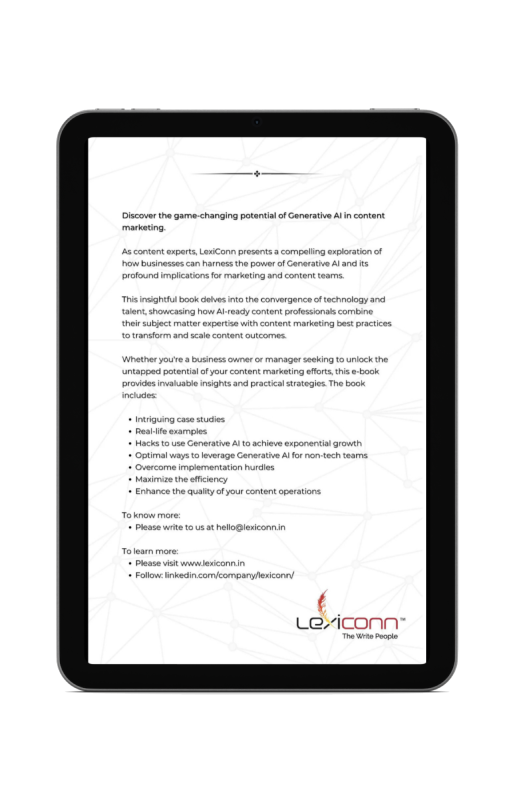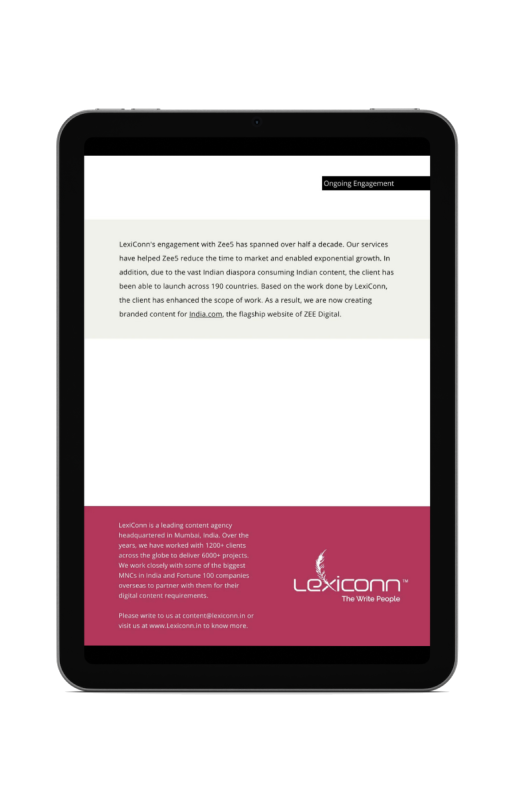
Social media analytics has transformed dramatically over the past decade. What began as simple follower counts and basic engagement metrics has evolved into sophisticated ecosystems of data points that provide granular insights into audience behavior, content performance, and brand perception.
For business leaders specifically, the metrics that matter extend beyond vanity measurements to indicators that demonstrate thought leadership, industry influence, and the ability to drive meaningful business conversations.
The initial phase of social media measurement centered on accumulation metrics—followers, likes, and basic reach. Today's executive social strategies demand more nuanced social insights that align with broader business objectives.
According to the 2024 Executive Social Media Benchmark Report by Harvard Business Review, 78% of Fortune 500 CEOs maintain active social profiles, but only 31% are effectively measuring the business impact of their social presence through comprehensive performance metrics.
As a business leader, your time is exceptionally valuable. Focusing on the right engagement tracking metrics ensures your social media efforts generate meaningful returns. Let's examine the metrics that truly matter for executive social presence.
This composite metric evaluates how your insights and commentary shape industry conversations. Unlike simple popularity measures, authority scores combine citation rates, expert engagement, and content amplification by other verified industry leaders.
This measures how frequently your content sparks new discussions rather than merely participating in existing ones—a crucial distinction for thought leaders. According to LinkedIn's Executive Engagement Report, posts that initiate new industry conversations receive 3.4x more meaningful engagement than reactive commentary.
The percentage of your audience that holds director-level positions or higher provides critical context to your follower count. Media tracking tools like Sprinklr Executive Suite and Hootsuite Impact now offer audience segmentation by seniority level.
This metric evaluates the percentage of your audience that works within your target industry or adjacent sectors. A higher alignment indicates more precise positioning of your personal brand.
Beyond simple likes, depth metrics measure substantive interactions:
How long does your content generate meaningful engagement? The average executive social post has a 72-hour active lifecycle, but high-quality thought leadership content can maintain engagement for 3-4 weeks, providing significantly higher ROI on content creation investment.
This measures inbound speaking engagements, media inquiries, and partnership opportunities directly attributable to social media visibility. According to McKinsey's Digital Leadership Report, executives with strong social engagement tracking systems receive 58% more relevant professional opportunities than counterparts with similar experience but limited social presence.
For CEOs and senior leaders, this metric evaluates how your social presence influences recruitment success rates and candidate quality. Companies whose executives maintain strong, authentic social media presences report 41% higher quality applications for leadership positions.
Creating an analytical framework that delivers actionable social insights requires strategic planning and appropriate technology investments.
Enterprise-grade social media analytics platforms have evolved significantly to address executive needs specifically. While consumer-focused tools provide basic metrics, leadership teams require more sophisticated solutions.
Key capabilities to evaluate include:
While many executives attempt to manage these analytics independently, the complexity of proper measurement often requires dedicated expertise. LexiConn's Executive Social Intelligence team specializes in creating customized analytics dashboards that filter signal from noise, allowing C-suite leaders to focus on strategic messaging while maintaining comprehensive performance metrics visibility.
Effective social media analytics requires appropriate comparisons and contextual understanding:
The true value of social media analytics emerges when measurement drives strategic refinement. Here's how leading executives translate data into improved performance:
Topic Performance Analysis: By categorizing content by topic area and measuring relative performance, executives can identify their most effective thought leadership niches. This focused approach typically yields 3-5x better engagement than generalized content strategies.
Format Optimization: Different executive personas perform better with different content formats:
Media tracking data from over 2,000 enterprise executives shows that alignment between leadership style and content format improves engagement rates by up to 62%.
Peak Attention Windows: Unlike general social media best practices, executive content often performs best during non-standard hours. Monday mornings (6-8 AM) and Sunday evenings typically show higher engagement among senior decision-makers.
Strategic Consistency: Rather than constant presence, most successful executive social strategies employ a disciplined cadence—typically 2-3 substantive posts weekly with concentrated engagement periods.
While many executives struggle to maintain this disciplined approach given their demanding schedules, partnering with specialized agencies like LexiConn allows for consistent execution while preserving the authentic voice and strategic focus that makes executive social presence valuable. Their specialized approach to social media branding for business leaders ensures consistent execution without the time investment normally required.
For C-suite leaders, justifying time investment in social platforms requires clear connection to business outcomes.
Executive Brand Equity Transfer: This measures how positive sentiment toward executive social profiles influences broader brand perception. Research from Edelman shows that companies with socially engaged executives experience 23% higher trust scores than comparable organizations with limited leadership visibility.
Crisis Resilience Measurement: Companies whose executives have established strong social credibility demonstrate 47% faster reputation recovery following industry or company-specific challenges.
Sales Cycle Influence: B2B organizations with socially engaged leadership report 16% shorter enterprise sales cycles, with 28% of enterprise decision-makers researching executive social profiles during vendor evaluation.
Investor Relations Impact: Public companies with strong executive social engagement show measurably higher analyst sentiment scores and more favorable coverage following quarterly results.
As social media analytics continues evolving, several emerging trends will shape how business leaders measure and optimize their presence:
For today's business leaders, social media isn't merely a communication channel—it's a strategic business asset that requires appropriate measurement and optimization. By focusing on meaningful performance metrics rather than superficial indicators, executives can transform social platforms into powerful tools for thought leadership, stakeholder engagement, and brand development.
While the complexity of proper social analytics might seem daunting given existing leadership responsibilities, specialized support from experts like LexiConn's Executive Social Intelligence team enables seamless implementation without additional time burden. Their expertise in social media branding for business leaders provides the analytical rigor and strategic guidance necessary to maximize return on executive social investment.
In an environment where digital presence increasingly shapes market perception, business leaders who master the measurement and optimization of their social presence gain significant competitive advantage—not just in personal brand equity, but in tangible business outcomes that directly impact organizational success.
Looking to elevate your executive social presence without the time investment? Contact LexiConn's Executive Social Intelligence team for a customized strategy that delivers measurable results while respecting your demanding schedule.



I have read and accept the Privacy Policy
Read More